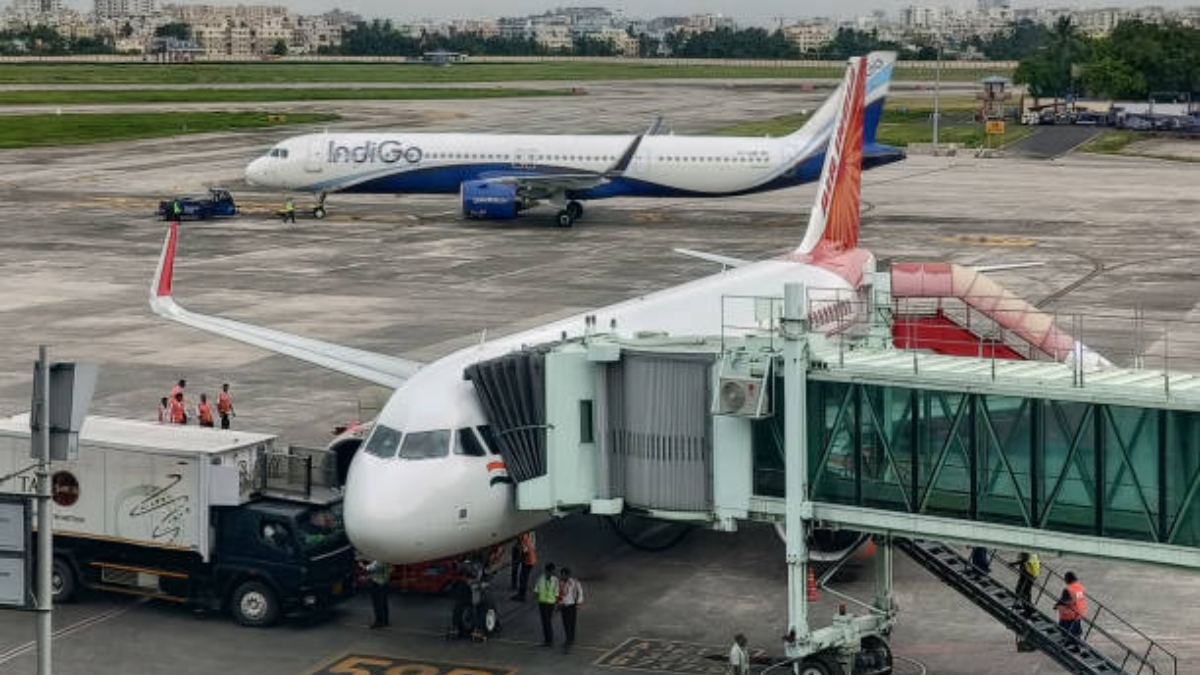Hoax bomb calls via social media have been disrupting flights for almost two weeks now, and Indian law enforcement agencies haven’t been able to nab the culprits yet. Anvitii Rai takes a look at how these hoaxes have affected the aviation industry and what the government plans to do to stop this
What has happened so far?
Indian airlines have received over 250 bomb threats from anonymous social media accounts in the last two weeks. All the threats have turned out to be fake. This is an outrageous number, as in the past 10 years, the number of such calls has been approximately 120. The threat calls have been issued to Air India, Vistara, IndiGo, Akasa Air, Alliance Air, SpiceJet, and Star Air.
Posted on X, such calls seem to originate from accounts specifically created for this purpose. Tracing their IP addresses has not amounted to much, as they have been found to be in Europe. This can possibly be due to VPNs, and the perpetrators might be operating from within the country itself. The motives of the threats can vary, from simple prank calls to intentional disruption of the airlines’ operations. A 17 year-old from Chhattisgarh who posted 19 such threats, has admitted that he did so to implicate a person with whom he had a business dispute.
The calls have led to widespread disruption in flight schedules, causing inconvenience to passengers and crew members and huge financial losses to the airlines.
How do such threats affect the airlines?
More than 150 million domestic passengers were served by the Indian aviation industry last year. Such a sheer number, along with industry guidelines, means that every threat must be taken seriously by the airlines. Doing so does not only mean grounding the flight
and evacuating the passengers, but also coordinating with security crew and the airports nearest to the aircraft at the time the threat is received. This, along with the cost of grounding the aircraft, rescheduling flights, dumping aviation fuel mid-air to reduce the load as aeroplanes return to the airport, changing the cabin crew, passenger accommodation, and other such aspects can cause significant financial losses to the airlines. As per reports, the latest disruptions have already cost Indian airlines over Rs 600 crore.
What is the protocol for handling a threat received by an airline?
When a bomb threat is received, there are two scenarios. If the flight is yet to take off, the plane is moved to a secured bay and checked thoroughly. The passengers’ baggage is also screened.
If received mid-air, the airport-specific Bomb Threat Assessment Committee (BTAC) receives an alert. The BTAC usually comprises representatives of the Central Industrial Security Force (CISF), Bureau of Civil Aviation Security (BCAS), the airline concerned, and the airport operator. The BTAC of the airport of the aircraft’s departure and its destination get in touch and determine the legitimacy and severity of the threat. If within the domestic airspace, the aircraft is asked to land at the nearest airport if the threat is deemed “specific” and then is checked by airport security staff after the crew and passengers are evacuated. If the aircraft has left the Indian airspace, Air Traffic Control gets in contact with their foreign counterparts to determine the course of action.
What has been the government’s response?
Union Civil Aviation minister K Rammohan Naidu has termed these hoaxes as isolated incidents. However, with the holiday travel rush starting, prompt response is needed to ensure that the repeat offenders are identified swiftly and nabbed. The government has held meetings with X and Meta and has asked them to promptly share details about the user handles that sent out the false warnings.
Meanwhile, the directors of the CSIF and BCAS have briefed Union home secretary Govind Mohan and discussed ways to tackle the situation on the ground. Another immediate effect has been the amendments to the BTAC protocol utilised to classify the threats as specific. Per a PTI report, “the protocol undertaken by the BTAC has been tweaked and a fine assessment, acting on a set of new ‘red flags’, is being undertaken now.”
Changes in law, harsher penalties in the works
The government is also planning to take legislative action to deal with bomb hoaxes to airlines and make the punishments harsher to deter such threats. Among the moves in the works are changes to the Aircraft Security Rules and amendments to the Suppression of Unlawful Acts against Safety of Civil Aviation (SUASCA) Act, 1982, the civil aviation minister has said. This would enable inclusion of those behind hoax bomb threats to the no-fly list, which is maintained only for unruly passengers as of now. The ministry of civil aviation (MoCA) wants the law’s ambit to be expanded in order to deal with bomb threats even when an aircraft is on ground and not operating a flight, and make it a cognisable offence under the Act. The inter-ministerial consultations would be underway soon as MoCA wants the amendments to take effect at the earliest.





